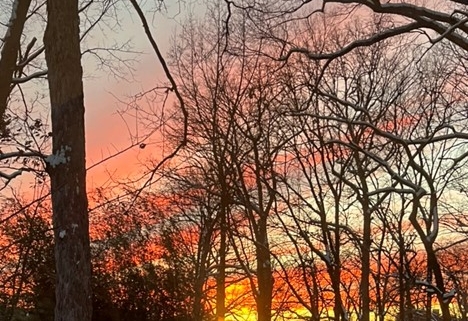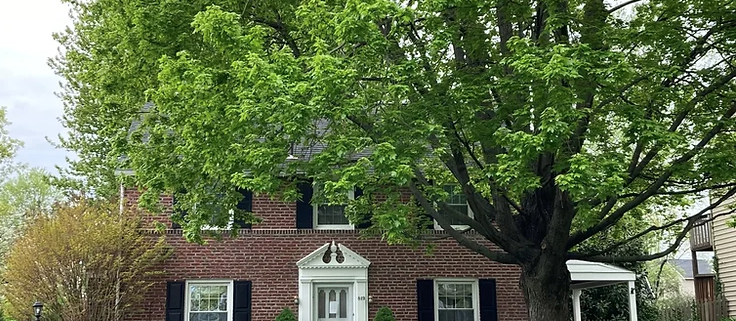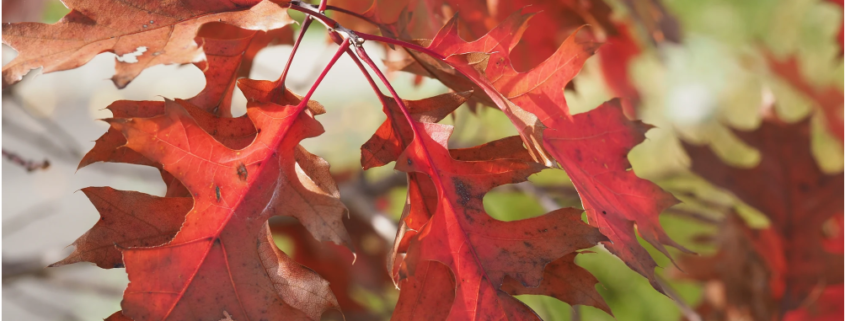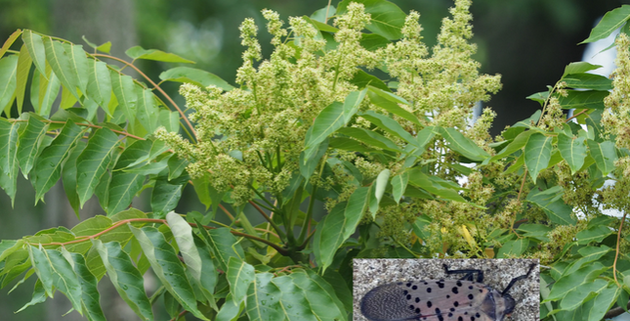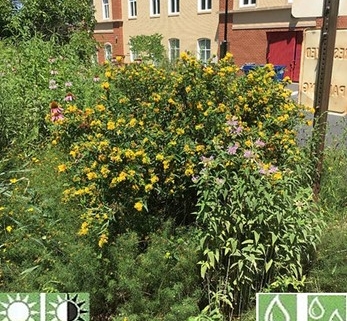The Magic of Winter Trees: Making a Deeper Connection
Photo: Plant NOVA Natives/Plant NOVA Trees
Article by Cindy Speas, Fairfax County Tree Commission
Winter is a lovely time to get to know your trees better. Many folks spend some of the colder days of January and February planning their spring gardens, winter sowing, or putting in nursery orders for spring delivery of native plants. Dreams of warmer days are lovely, but if you have trees in your yard or a nearby park, winter might also be the time to learn how to appreciate and protect their incredible beauty.
When our trees are bare of leaves, you can visualize more clearly their beautiful shapes, identify some species characteristics and assess their health status. There are several local organizations that provide winter educational hikes or webinars to examine and learn about our forests, including Nature Forward, Virginia Native Plant Society – Potowmack Chapter, Capital Nature, Loudoun Wildlife Conservancy, Audubon Society of Northern Virginia, Prince William Conservation Alliance, and others.
If you haven’t taken a long walk or hike in the winter before, it’s time to bundle up and head out on the trail. Even if you aren’t an experienced birder, it’s often easier at this time of year to observe hawks, owls, or other raptors at work. Smaller birds can be spotted searching tree bark or leaf litter for insects and berries, and mammals often make a long-distance appearance as they look for food. Native evergreens or the lovely marcescent (persistent) leaves on oaks and beeches provide beautiful color among the gray tree trunks. While you may not want to linger for contemplation, if you walk gently, there is a type of forest bathing you can experience surrounded by the still, silent trees in the chilly air. One of the loveliest things you can see in a winter forest is found by looking up to the sky: it is in this season that you can see how the tree canopy develops—trees grow side-by-side leaving a path around each canopy’s branches so that sunlight may reach down to the forest floor. This is called canopy shyness. While more common in rain forests, these fascinating patterns of sky and crown branching can sometimes be seen in groupings of the same tree species, and are spectacular to observe.
For those that love to undertake vigorous outdoor work in the winter, now is the time to protect our trees by starting to pull, dig, or hack and squirt the invasives in your yard or to volunteer for similar ongoing activities in your community. With the exception of a few native evergreens, almost all the large swaths of green you see in your neighborhood and along the roads are invasive, non-native plants—from Wintergreen to Vinca, to English Ivy, from Privet to non-native Holly species, to Bamboo. You can find organizations with volunteer opportunities on the Plant NOVA Trees website. Invasive plants displace the tree seedlings that are essential for our future forests, and some of them directly kill the larger trees.
So, if you want to learn about trees, to more closely observe nature, to find quiet time for spiritual reflection, or to vigorously get rid of tree enemies, winter is a magical time to spend outside in the stillness and beauty of the forest.


